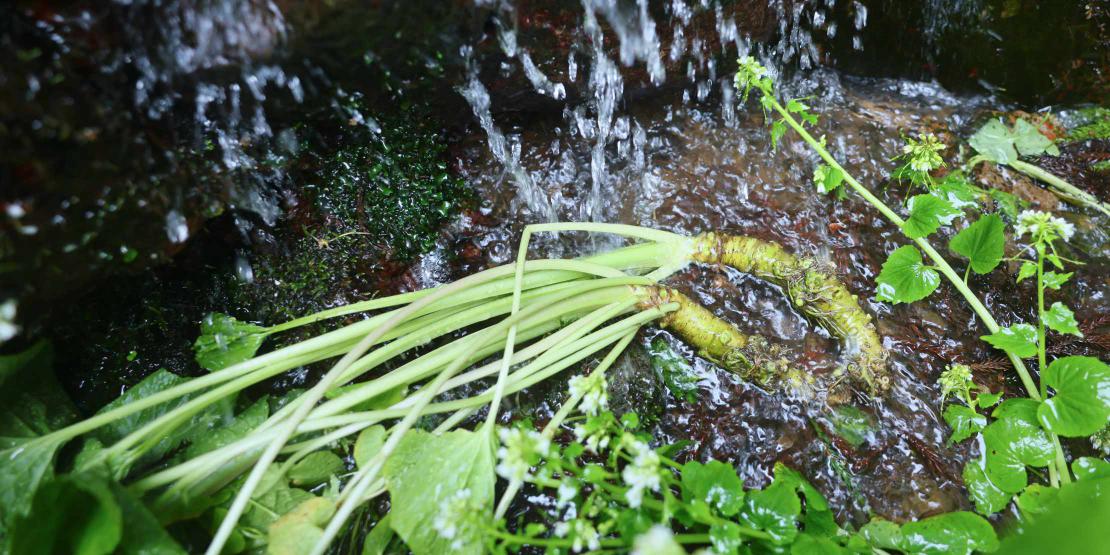
Japan, blessed with distinct four seasons and diverse, rich nature, has long cherished its culinary traditions of using seasonal ingredients and embracing the spirit of hospitality, which have been cultivated over centuries and carefully passed down through generations.
One essential element of “washoku”, or traditional Japanese cuisine, is wasabi, a plant native to Japan.
Located in the westernmost part of Tokyo, Okutama Town is a nature-rich area characterized by steep mountains and clear streams. The entire town is part of the Chichibu-Tama-Kai National Park.
In Okutama Town, traditional wasabi cultivation is still practiced.
Let’s explore the fascinating world of “wasabi”, the secret of Japan’s Gourmet cuisine.
The History of Wasabi
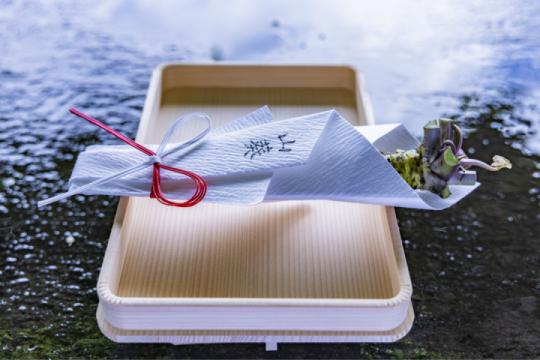
Wasabi, a plant native to Japan, has a long history.
During the Asuka period (592–710), it was used as a medicinal herb.
The cultivation of wasabi is said to have begun during the Keichō era (1596–1615) in Utougi, Suruga Province (presently, Shizuoka Prefecture).
Tokugawa Ieyasu, the first shogun of the Edo Shogunate, is believed to have praised wasabi, which was presented to him as tribute, as a rare delicacy. He then declared it a strictly controlled item, forbidding it from being taken outside his domain.
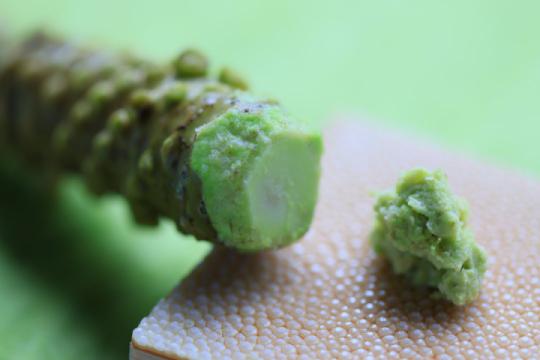
During the Edo period (1603-1868), many iconic Japanese dishes were created, including soba noodles, tempura, grilled eel, and nigirizushi.
Nigirizushi, which originated during the Bunsei era (1818–1830), instantly became a sensation, and the combination of sushi and wasabi was firmly established.
In 2013, "Washoku: Traditional Dietary Culture of the Japanese" was recognized as a UNESCO Intangible Cultural Heritage, leading to a rise in global popularity.
Wasabi, an indispensable ingredient in Washoku, has since gained international recognition for its unique flavor, and loved by people around the world.
History of Wasabi in Okutama
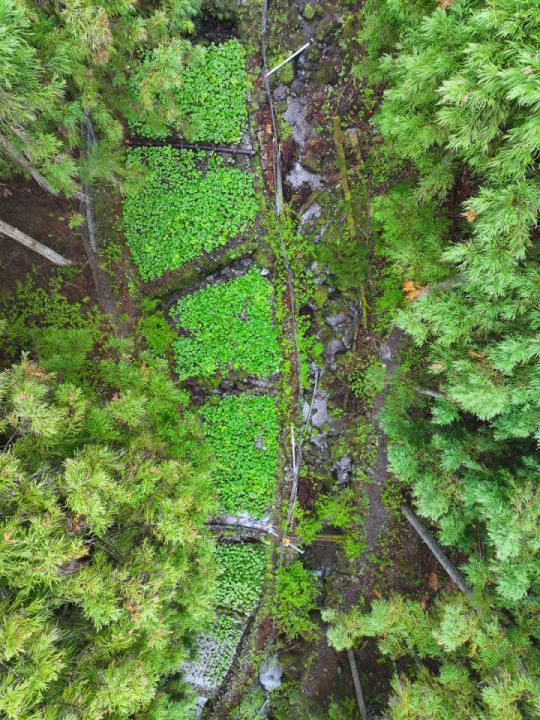
Wasabi cultivation in Okutama has a long-standing history. In the Edo period (1603 – 1868), high-quality wasabi grown in this region was recognized as a local specialty and was even presented to the Shogunate as a tribute.
Wasabi cultivation in Okutama takes advantage of the many tributaries of the Tama River and countless deep mountain streams.
Until the mid-Showa era (Showa: 1926–1989), the forests in this area remained close to their primeval state, providing an ideal natural environment for wasabi cultivation.
However, the cultivation environment changed over time due to logging and other factors, and this area started experiencing massive floods approximately every ten years.
In 2019, the wasabi fields were struck by a typhoon, causing tremendous damage to wasabi farming.
Okutama wasabi is rarely traded in wholesale markets. It is a precious delicacy that can only be enjoyed by visiting the region in person.
Characteristics of Wasabi
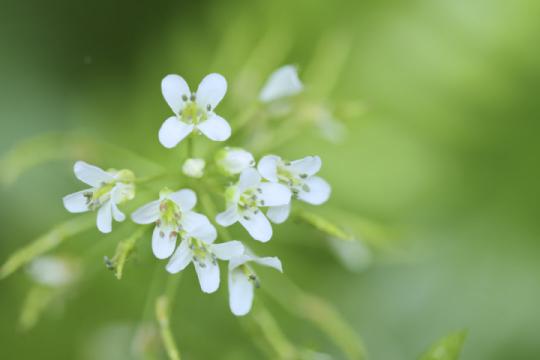
Wasabi is a plant native to Japan and belongs to the Brassicaceae (mustard) family.
For centuries, it has naturally grown across Japan in deep mountain valleys with clear streams. In spring, wasabi blooms with four-petaled white flowers.
Wasabi enhances the natural flavors of ingredients, bringing out deeper and more complex tastes in dishes.
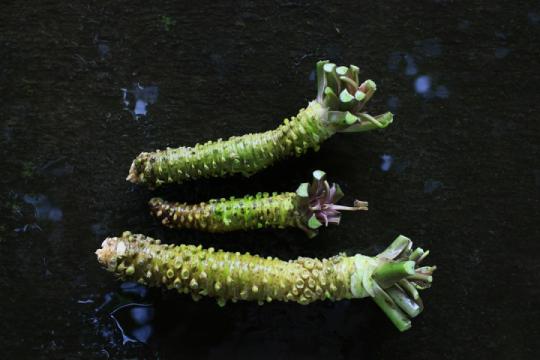
The pungent components of wasabi are created when its cells are broken down by grating, triggering an enzymatic reaction.
The spicy components of wasabi are volatile. It is said that wasabi reaches its peak spiciness about 3 to 5 minutes after being grated.
Some documents from the Edo period describe wasabi as having detoxifying properties.
Recent research has revealed that wasabi offers various health benefits, including antioxidant effects, cancer prevention, improved cognitive function, and relief from hay fever symptoms.
Wasabi fields in Okutama
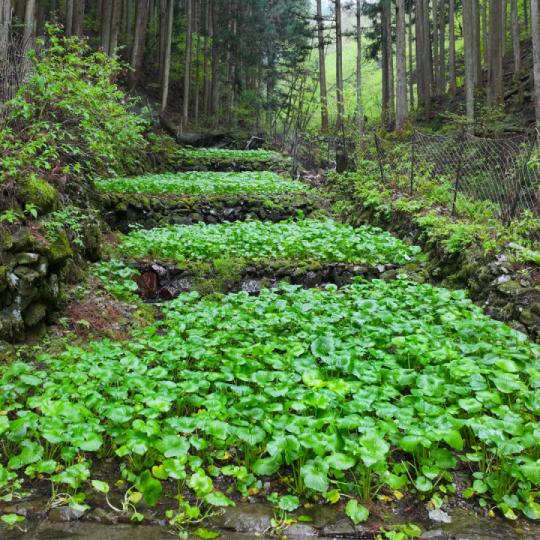
Okutama Town, where 94% of the land is covered by forests, features numerous steep slopes and streams. These geographical characteristics have long been utilized for wasabi cultivation.
Wasabi, a plant native to Japan, once grew wild across Japan in mountain streams and valleys. Today, however, its natural habitats are limited to only a few regions.
The scenery of wasabi fields in Okutama is breathtaking, reminiscent of the pristine natural habitats of wild wasabi.
Mount Mitake's Pure Spring Waters
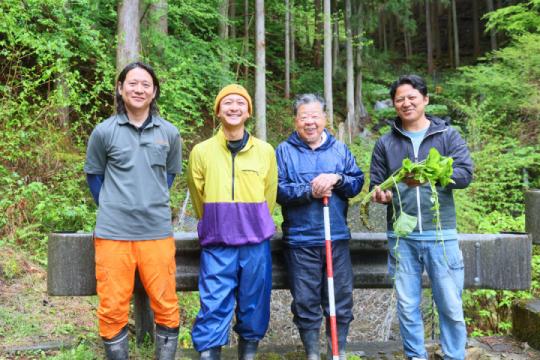
Mr. Niijima's wasabi fields are located in a magnificent environment where spring water flows from Mount Mitake. These wasabi fields were originally developed by Mr. Niijima's grandfather and later improved by his father, who was born in 1905 (Meiji 38).
Having withstood numerous disasters that struck the Okutama region, the fields continue to maintain their beautiful landscape to this day.
Mr. Niijima, who has won awards at wasabi competitions, is now working to pass down this tradition and expertise to the next generation.
300-Meter Valley Wasabi Fields
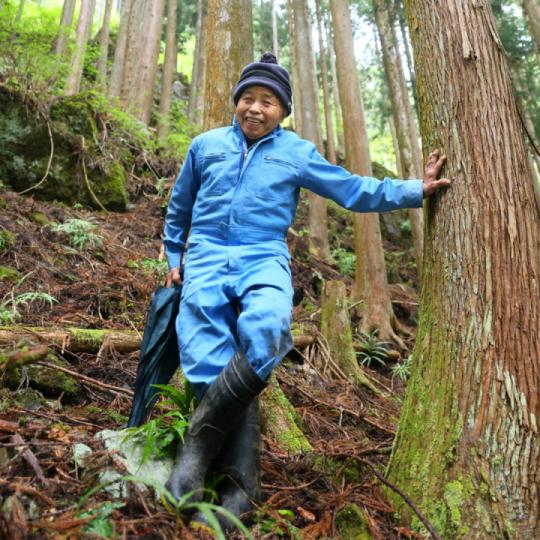
In this magnificent landscape, the person who cultivates wasabi is 93-year-old Mr. Shimizu.
While working for a company, his deep love for wasabi led him to grow it in his spare time, alongside tree planting.
He then took over a wasabi farm and dedicated himself entirely to its cultivation at the age of 60.
Cultivating wasabi in deep mountain streams is a constant challenge.
Okutama wasabi is grown through the blessings of nature—both from the sky and the earth—combined with human wisdom and meticulous handwork.